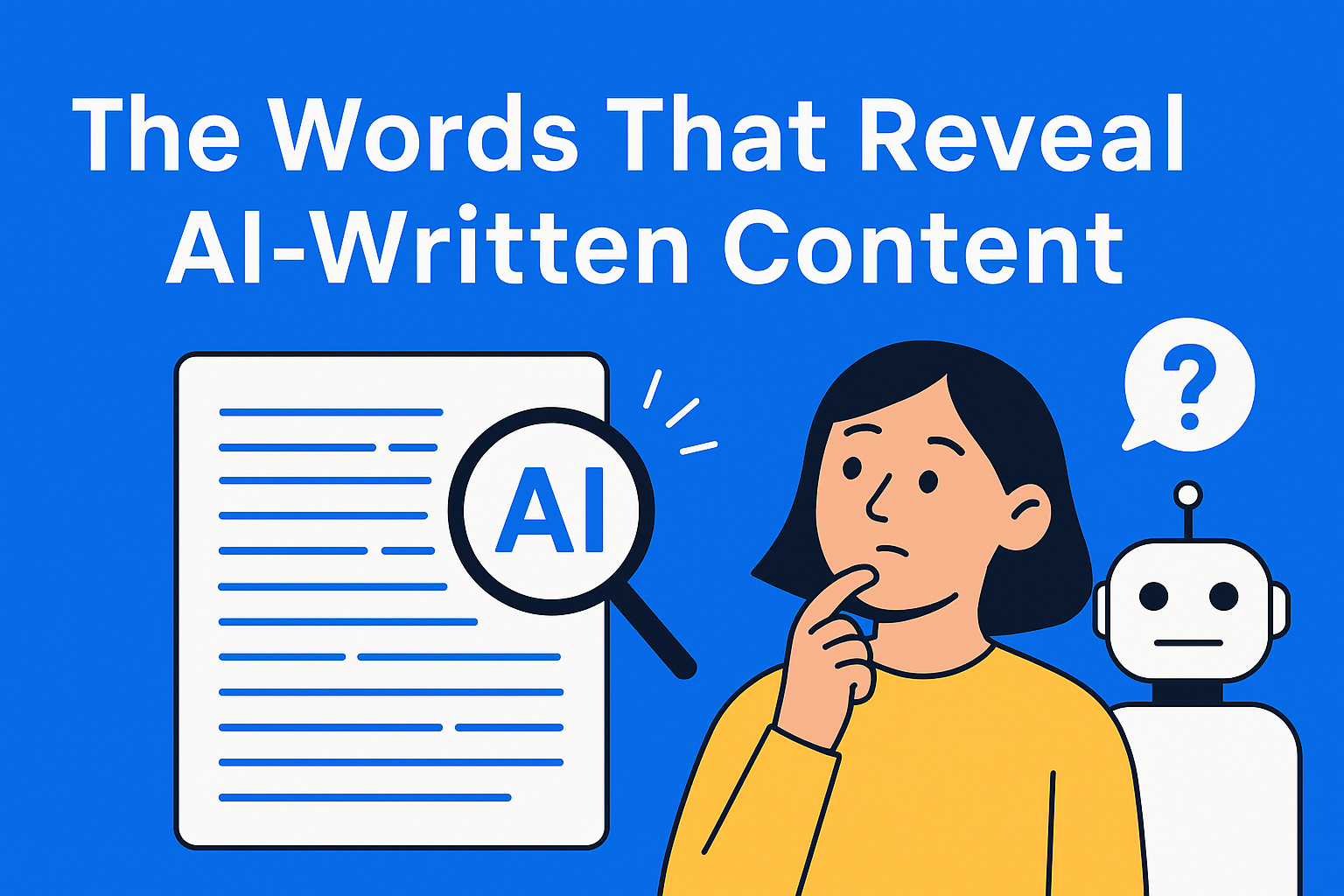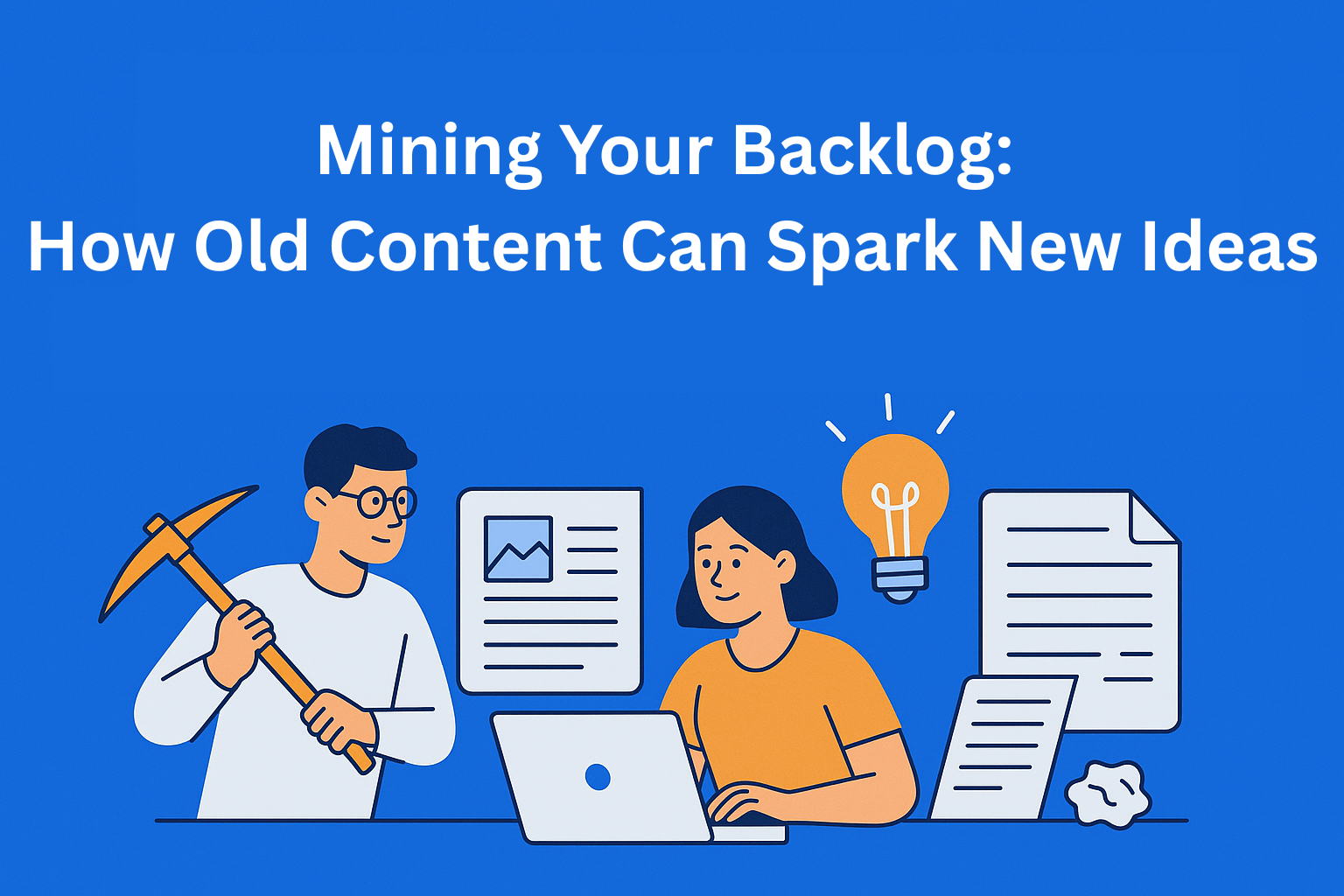From Chaos to Bottlenecks: The Words That Reveal AI-Written Content
AI is writing more and more content, but does it always sound human? This blog reveals subtle clues that give away artificial writing, signs you might already recognize without even realizing it.

In today's fast-paced world of content creation, artificial intelligence has quietly become a co-writer for countless articles, blog posts, and social media updates. While this shift has brought unmatched speed and efficiency, it also introduced a new kind of problems, an overwhelming flood of content that often sounds strangely similar. But if you look closely, you’ll find some subtle language clues.This blog dives into how certain patterns, repeated phrases, and unusual writing quirks can quietly expose the digital ghost behind the text.
Stick with us till the end - you might recognize more than you expect.
Key Takeaways
- AI content leaves stylistic fingerprints - overly consistent flow, balanced sentence length, and perfect grammar can signal machine authorship.
- Common “AI giveaway” phrases include generic connectors like “In conclusion” or vague intensifiers like “significant” and “crucial.”
- Detection tools aren’t perfect - they often miss AI-edited content or flag human writing incorrectly. Patterns matter more than scores.
- Authenticity matters for trust - especially in journalism, marketing, and education, where emotional tone and personal perspective are key.
- You can “detox” AI-sounding writing by adding personality, breaking sentence patterns, embracing imperfection, and being specific.
What Are AI Language Fingerprints?
Every writer leaves a mark, and AI is no exception. Despite how advanced language models have become, they tend to repeat certain stylistic habits that make them stand out from human writing. These “fingerprints” often show up as evenly structured sentences, perfect grammar, and an almost unnatural flow.
Where a human might go off-topic, throw in a personal story, or pause mid-thought, AI tends to glide through ideas in a smooth, robotic way. That consistency (while impressive) is often a clue. People are naturally inconsistent. And that’s not a flaw, it’s a feature.
From Chaos to Bottlenecks: Phrases That Give It Away
AI-generated writing might seem polished at first glance, but if you look more carefully, you’ll start to notice common “bottlenecks” - spots where the writing feels a bit too familiar or templated. These include:
- Overused Connector Phrases: "In conclusion," "Moreover," "It is important to note," "This highlights..."
- Repetitive Sentence Structures: "This means that...", "As a result...", often repeating subject-verb-object patterns.
- Excessive Emphasis Without Depth: Frequent use of words like "significant," "crucial," or "clearly," even when the idea isn’t particularly strong.
Ironically, what used to feel like professional polish can now feel like a red flag.
Quick example:
"It is important to note that artificial intelligence is transforming content creation across industries. Moreover, this transformation brings both opportunities and challenges."
Sounds clean, right? But also kind of... generic.
Keep reading, we’ll break down more signs you might already be noticing without realizing it.
Case Studies and Experiments
Several studies have tried to measure how detectable AI writing really is. When people were shown a mix of human- and AI-written paragraphs, they correctly identified the AI content around 60-70% of the time, better than guessing, but far from perfect.
Tools like GPTZero, Originality.ai, and others are designed to help detect AI by scanning for patterns and statistical quirks. But they often struggle with texts that are edited by humans after AI writes them, and they sometimes give false positives.
Still, there are patterns. For example, AI tends to:
- Avoid contractions in formal writing
- Keep paragraph length too consistent
- Use vague generalizations instead of specifics (like "some experts believe...")
Why It Matters
Knowing how to spot AI writing isn’t just a nerdy curiosity. In education, it helps protect academic honesty. In journalism, it helps build trust. In marketing, it keeps a brand’s voice authentic.
When people read AI-generated content without knowing it, they might assume it was written with personal experience or emotion, and that’s misleading. When everything starts sounding the same, we risk losing the raw, imperfect, deeply human voice that makes writing relatable.
That doesn’t mean AI doesn’t have a place. But awareness is everything. The more you know what to look for, the easier it is to separate the human from the algorithm.
How to Avoid Sounding Like AI
Want your writing to sound less like a machine?
- Add Personality: Include personal stories, humor, slang, or even the occasional typo.
- Break the Pattern: Mix up sentence lengths. Ask rhetorical questions. Use sentence fragments.
- Be Specific: Instead of “experts say,” name the expert and give a source.
- Embrace Messiness: Let your sentences be a little clumsy sometimes. Real thinking isn’t always neat.
Conclusion: The Meta Reveal
If you made it this far, congrats, you just read a blog post written by artificial intelligence.
Did you notice the structure was smooth, maybe a little too smooth? Transition phrases popped up a lot, things like “As previously mentioned,” “On the other hand,” “In conclusion,” “It’s important to note.” The tone was polished but kind of distant, like someone trying really hard not to upset anyone. Some parts sounded smart at first, but lacked that personal spark, like they were written by something that knows everything but feels nothing.
If you picked up on that, then you’re getting the hang of it.
This probably isn’t your first time reading AI-written content, but hopefully now you’ve got a better sense of how to spot it. These aren’t mistakes; they’re common traits of machine-generated writing.
So next time you’re reading a blog, ask yourself, did a human actually write this, or does it just feel like it?
Then again, does it really matter? If a blog post helps you solve a problem or gives you a fresh idea, do you care whether it came from a person or a machine?






